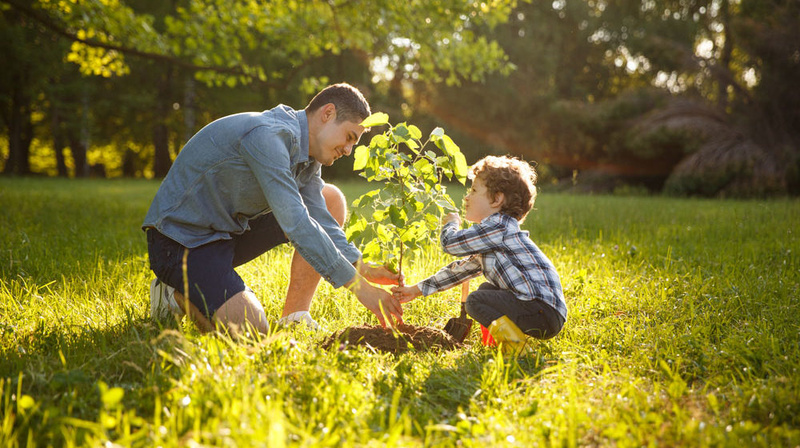
Now is the Time to Plant a Tree
We are past the chance of freezing temperatures in most of Florida, and it is the perfect time to add new trees to your landscaping. Thoughtful selection, correct planting, and proper care are vital to ensure the healthiest life possible for your trees.
Have you spent the wintertime dreaming about beautifying your landscape with new trees? We are past the chance of freezing temperatures in most of Florida, and the wait is over. As March and April draw near, it is now safe to plant tender young trees. Furthermore, trees planted now will get a start on becoming established before the punishing heat of summer.
Select Carefully
Think carefully about what kinds of trees you want and where they will grow. Thoughtful selection is vital to ensure the most successful and healthy life possible for your trees.
Assess the Conditions
Evaluate the area where you want to plant a tree and make sure that it is appropriate for the species you’re considering. What is the soil like? How much sunlight does the area get? Will enough water reach the tree? Trees tend to grow best in well-drained soils and in areas that receive at least six hours of sunlight per day. Do not plant a tree so close to another that they will have to compete for resources.
Consider the Growth
Consider the size the tree will reach when it is fully mature. Look for nearby sidewalks or driveways that the roots might grow under, lift, and crack. The last thing you want is for your tree to grow too tall or wide for the space it’s in, harming the growth of other plants, interfering with power lines, or threatening the structural integrity of your home.
Another perspective is to plant trees thoughtfully so that your home can be more energy efficient. The right tree in the right spot can cool your home during the summer and protect it from cold winds during the winter.
How to Plant a Tree
After such careful consideration regarding where your tree will be, you must make sure to plant it correctly! Improperly planted trees will not thrive and may appear sickly or stunted.
Dig a hole that is slightly shallower and twice as wide as the root ball. Before you place the tree directly in the hole, assess the roots. Roots that have completely filled the pot they were in may need to be separated before planting.
Position the tree so that the topmost emerging root will remain just slightly above the soil level. Make sure the tree is straightened and backfill the hole with the existing soil. Since your tree needs to thrive in this new environment, let it adapt to your soil instead of filling the hole with compost or peat.
Cover the exposed parts of the root ball with mulch and create a berm around the tree to retain water. This berm should be about 8 inches high and 3 feet from the trunk, creating a moat that will help you provide the tree with the right amount of water as it adjusts to its new location.
Care of a Newly Planted Tree
For the first two weeks after planting, daily watering is essential. Fill the moat with water and let it seep into the soil. Do this every other day for the next three weeks, then water just two days a week for the five weeks following. This should bring you into the beginning of the rainy season, at which point your tree should be established and able to survive on Florida’s summer rains.
You may apply granular slow-release fertilizer to the top of the soil after 60 days in the ground. As long as your tree came from a good-quality producer, you should not need to fertilize sooner.